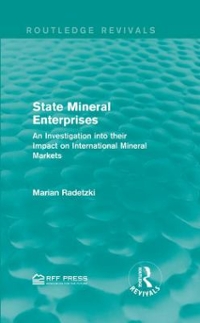Question
Overview: The case studies in this course are designed to actively involve you in environmental economics reasoning and to help you apply the course principles
Overview: The case studies in this course are designed to actively involve you in environmental economics reasoning and to help you apply the course principles to complex real-world situations. In the case studies, you will use data analysis to make informed recommendations and communicate in a professional manner. Prompt: use data, graphs, and tables to analyze the emissions of three firms. Each firm is currently emitting 10 parts per million (ppm) per week, so total emissions are 30 ppm per week. Suppose we wish to reduce total emissions by 50%, to 15 ppm per week. Analyze the given data and make a recommendation. Your submission should address the following critical elements: 1. Enter the given data and create charts in a spreadsheet tool such as Microsoft Excel. 2. Use the data to generate totals for ppm/cost using the equiproportionate reduction formula to decrease emissions. a) Atomic Air total $/ppm b) Boomer total $/ppm c) CASADE total $/ppm 3. Calculate a decrease using the equimarginal principle and satisfy the equimarginal rule to reduce total emissions by 50%, to 15 ppm per week. a) Atomic Air total $/ppm b) Boomer total $/ppm c) CASADE total $/ppm 4. Compare the data on each firm's equiproportionate reduction to the decrease of the equimarginal principle, including the marginal abatement costs in aggregate. 5. Write recommendations for policy makers with details on each firm.
Step by Step Solution
There are 3 Steps involved in it
Step: 1

Get Instant Access to Expert-Tailored Solutions
See step-by-step solutions with expert insights and AI powered tools for academic success
Step: 2

Step: 3

Ace Your Homework with AI
Get the answers you need in no time with our AI-driven, step-by-step assistance
Get Started


